What’s the buzz about Ancient Artz You might have heard the term floating around but aren’t quite sure what it entails. Simply put, Ancient Artz refers to the artistic creations from ancient civilizations that have survived through the ages. These masterpieces offer a fascinating glimpse into how our ancestors expressed themselves, celebrated their deities, and recorded their history. Understanding Ancient Artz isn’t just about appreciating old art; it’s about connecting with the roots of human creativity.
What is Ancient Artz?

Ancient artz refers to the artistic expressions and works created by early civilizations. These include paintings sculptures pottery jewelry and other forms of art that were significant to the people who created them. The art created in ancient times wasn’t just about aesthetics. It often served a pactical purpose such as religious rituals documenting events or celebrating achievements. From cave paintings to elaborate sculptures each piece tells a unique story.
Exploring the Roots of Ancient Artistry
The origins of ancient artz are deeply rooted in the cultural tapestry of bygone civilizations. As we delve into the rich history of artistic development, we uncover the profound significance these creative expressions held for the societies that birthed them. From the ancient art origins to the evolution of artistic techniques, this captivating journey illuminates the intricate connections between art, culture, and the human experience.
Uncovering the Cultural Significance
Art was not just for looks in the ancient world; it was a deep reflection of their beliefs and values. It was part of daily life, used for storytelling, religious rituals, and keeping history alive. By looking at ancient artworks, we learn about the worldviews and dreams of these societies.
Tracing the Evolution of Artistic Techniques
- The evolution of artistic techniques in the ancient world showed the creativity and skill of its artists. They left a lasting impact on art history.
- Artists moved from simple rock carvings to complex bronze castings, showing progress in tools and artistic vision.
- New mediums like ceramic and precious metals let artists try new things, leading to many styles and techniques.
- Sharing ideas and traditions between civilizations added to the variety of artistic influences.
| Ancient Art Technique | Cultural Significance | Notable Examples |
| Rock Carvings | Storytelling, religious symbolism | Lascaux cave paintings, Petroglyphs of Gobustan |
| Bronze Casting | Monumental sculptures, religious iconography | Statue of Zeus at Olympia, Bronzes of Riace |
| Ceramic Pottery | Utilitarian objects, artistic expression | Minoan pottery, Chinese Celadon Wares |
Exploring ancient art shows us the creativity and views of past civilizations. It helps us appreciate ancient art more and shows the lasting impact of human creativity.
Ancient Artz Across Cultures
Ancient artz varies greatly depending on the region and culture. For example ancient Egyptian art was heavily influenced by religion. The Egyptians believed in an afterlife and much of their art focused on ensuring a successful journey into the next world. They created elaborate tomb paintings and sculptures that depicted gods pharaohs and scenes from daily life. Their art is well known for its use of hieroglyphs which were often included to provide awritten record alongside the images.In contrast the art of ancient Greece was centered around the human experience. The Greeks celebrated the human form and much of their art was dedicated to depicting idealized human bodies in sculptures and pottery. Greek art is also famous for its portrayal of mythological scenes often depicting gods and heroes in action.
Historical Context
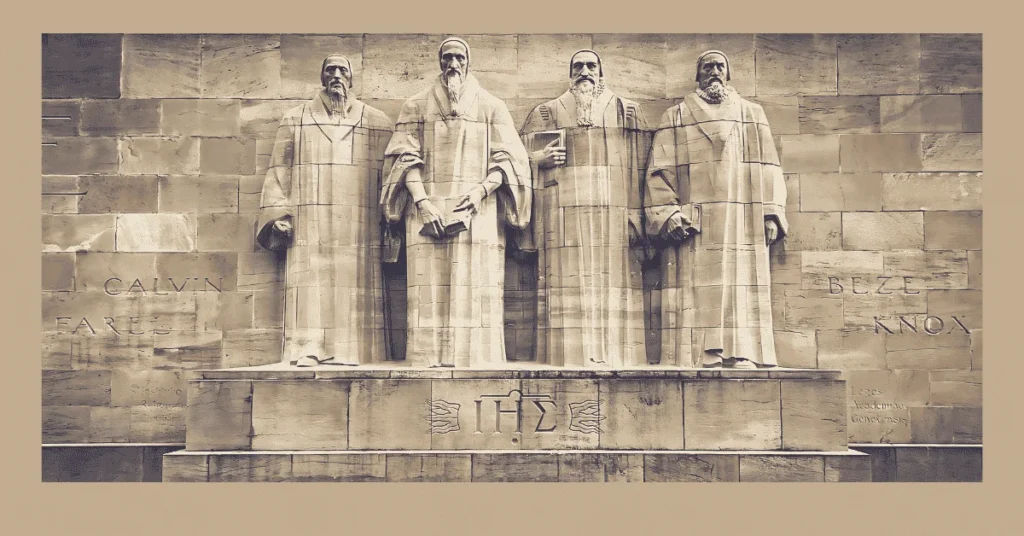
Ancient Civilizations and Their Art
Ancient Artz cannot be fully appreciated without understanding the civilizations that produced it. The art of Egypt, Greece, Rome, China, and other ancient cultures was deeply intertwined with their daily lives and spiritual practices. Each civilization had its unique style and purpose for its art, influenced by their environment, beliefs, and social structure.
Evolution of Artistic Styles
Over time, artistic styles evolved significantly. Early art, like the cave paintings, often had a mystical or ritualistic purpose. As societies developed, so did their art, transitioning to more realistic and complex forms, as seen in Greek and Roman sculptures. This evolution reflects the changing priorities and innovations of each era.
Notable Ancient Artz pieces around the world
Some well-known, famous ancient art pieces are found everywhere. One case is the “Mona Lisa” through Leonardo da Vinci. Even though it isn’t authentic, it’s miles animated with the guide of prior works. Another well-known piece is the “Venus of Windowsill,” a little sculpture from ancient times. This little figure addresses excellence in antiquated societies.In Egypt, the pyramids are likewise important for ancient art. They are excellent frameworks that show the abilities of authentic designers. The carvings on the parcels of these pyramids illuminate declarations about the pharaohs and their standards.Individuals love to go to areas where they can see old works of art. From the pyramids in Egypt to the vestiges of Pompeii in Italy, those areas are loaded with history. Investigating ancient art allows us to travel back in time and study the people who preceded us.
A brief look at the origins and backgrounds of ancient art forms
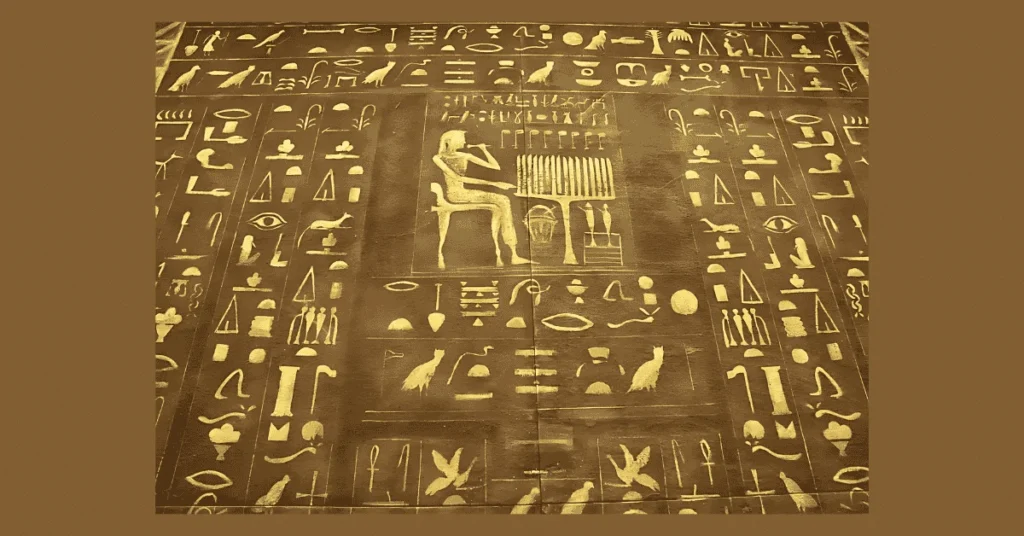
Over time, ancient art has grown with civilizations. From Egypt’s hieroglyphics to Greece’s sculptures, these works reflect the past. They show us the values and beliefs of ancient cultures.By studying these arts, we learn about human history. We gain a deeper respect for our prehistoric painting and prehistoric sculpture.The arts cannot be an imitation of reality, the power with that to shape it. Bertolt Brec. Exploring ancient arts shows us their true value They are not just pretty things. They are deep expressions of the human spirit, showing our past values and dreams.
Ancient Egyptian Art
When we talk about ancient art, it’s impossible not to mention Ancient Egypt. Egyptian art is full of symbolism, often focusing on the themes of life, death, and the afterlife. The grandeur of their art – from the Great Pyramids to the intricate hieroglyphs on tomb walls – reflects the Egyptians’ belief in eternity.Paintings and carvings in Egyptian tombs were created to help the deceased navigate the afterlife. Each image and symbol carried a specific meaning, offering protection or guidance to the soul. Pharaohs, gods, and everyday scenes were depicted in a highly stylized manner, emphasizing balance and harmony.
Indian Art of Antiquity
In ancient India, art was closely tied to religion and spirituality. Temples, sculptures, and Buddhist art are prominent examples. The beautiful carvings on the walls of Ajanta Caves and the grand statues of deities in Hindu temples reflect India’s deep religious devotion.Buddhist art, in particular, became a significant cultural force, spreading across Asia. The stupas and Bodhisattva sculptures are lasting legacies of Indian artistry that continue to inspire awe.
Significant Ancient Artz Examples
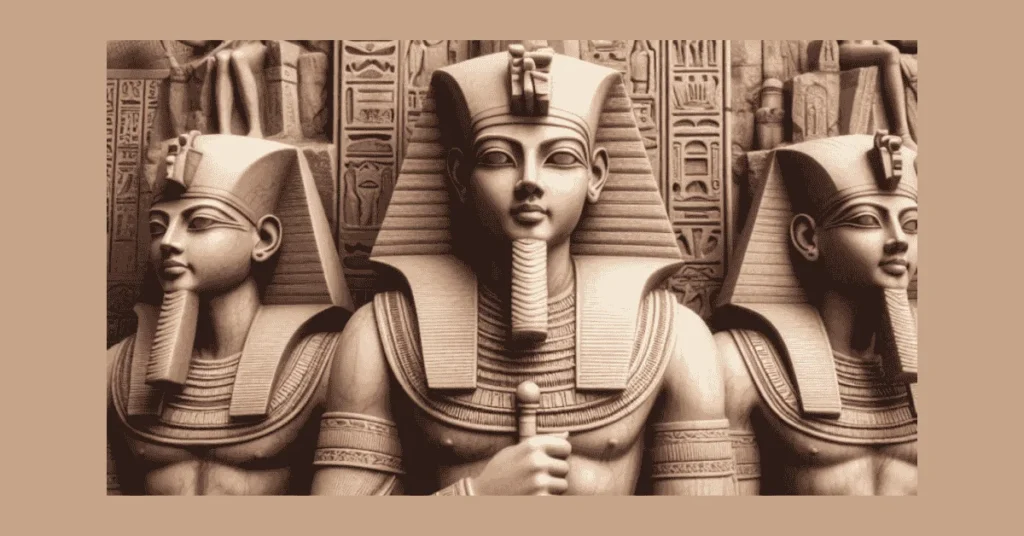
The Rosetta Stone
The Rosetta Stone is one of the most significant artifacts in the study of ancient art and language. Discovered in 1799, it features a decree issued during the reign of Ptolemy V in three scripts: Greek, Demotic, and hieroglyphic. This trilingual inscription was key in deciphering Egyptian hieroglyphs.
The Venus of Willendorf
This small figurine, found in Austria, dates back around 25,000 years and is one of the oldest known representations of the human form. Its exaggerated features suggest it was used as a fertility symbol or ritual object, offering insights into prehistoric cultures.
The Elgin Marbles
The Elgin Marbles, also known as the Parthenon Marbles, are a collection of classical Greek marble sculptures that once adorned the Parthenon in Athens. These marbles are celebrated for their artistic excellence and have been the subject of ongoing debates about their repatriation.
The Enduring Legacy of Ancient Egyptian Art
The ancient Egyptian civilization has left a lasting impact on the world. Its art still amazes people everywhere. From the pyramids to the hieroglyphics on temple walls, their art shows their creativity and innovation.At the core of ancient Egyptian art is a deep respect for the divine and the quest for immortality. Pharaohs and their people made amazing sculptures, paintings, and buildings to honor the gods. This art has influenced many cultures over time.The hieroglyphic writing system is a key part of ancient Egyptian art. These symbols were not just for writing but also for art. Each glyph was made with great care to show what it meant. Learning to read these hieroglyphics has let us peek into the lives and beliefs of the ancient Egyptians.
Ancient Artz: Celebrating Beauty and Form

The ancient Greeks loved art and beauty. They focused on beauty, balance, and the human form. Their art was shaped by myths and deep thoughts.
The Influence of Mythology and Philosophy
Greek myths told stories of gods, heroes, and magical creatures. These stories inspired ancient Greek artists. They made amazing sculptures like those of Athena and Zeus. They also built incredible buildings like the Parthenon, filled with mythological themes.Philosophy was big in ancient Greece. It taught them about balance, proportion, and the power of the mind. This showed in their art, which was both beautiful and full of meaning. Works by Phidias and Ictinus and Callicrates show their love for beauty and form.
| Artistic Form | Mythological Influence | Philosophical Ideals |
| Sculpture | Depictions of gods, heroes, and mythical creatures | Balanced proportions, idealized human form |
| Architecture | Temples dedicated to the gods | Harmony, symmetry, and mathematical precision |
| Pottery and Painting | Illustrations of mythological narratives | Attention to detail, naturalistic representation |
Ancient Greek art still inspires us today. Its beauty and cultural importance are unmatched. It shows the lasting impact of their art and culture.
The beauty of the classical Greek temples lies in their perfect proportion, symmetry, and balance – qualities that have endured for centuries and continue to captivate and inspire artists, architects, and art lovers alike.
The Role of Museums
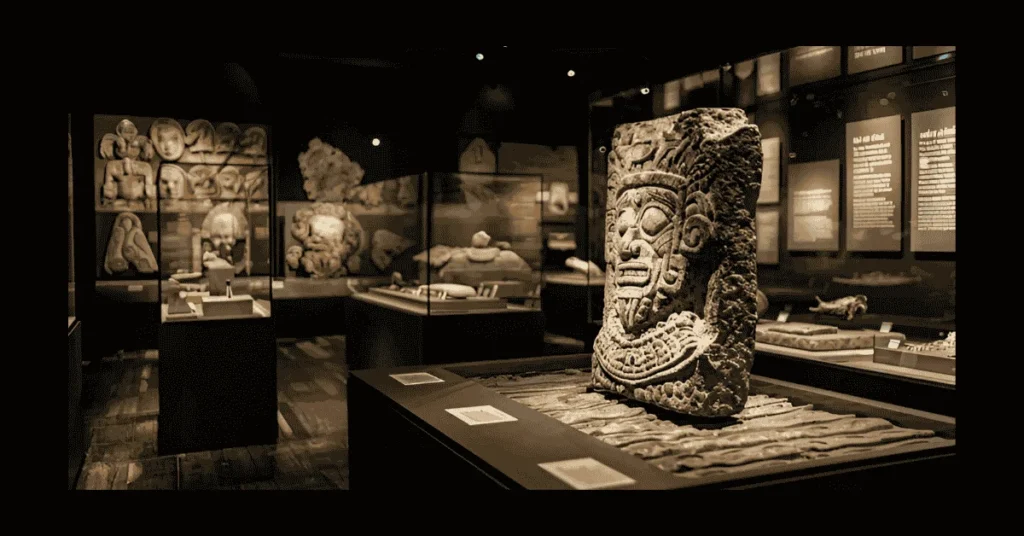
Keeping Art Safe
Museums play a crucial role in the preservation of ancient art. They provide controlled environments that protect artworks from harmful conditions and ensure that they are accessible to the public for educational purposes.
Educational Impact
Museums also serve as educational hubs, offering exhibits, programs, and resources that help people understand the significance of ancient art. They provide context and insights that enhance our appreciation of these historical treasures.
Materials and Techniques in Ancient Artz
Ancient artists used various materials, including stone, wood, clay, and metals, depending on their availability. Techniques varied widely:
- Stone Carving: From the marble sculptures of Greece to the massive stone heads of the Olmec civilization, stone was a preferred medium for its durability and ability to convey grandeur.
- Fresco Painting: This technique, used extensively in Egyptian tombs and Roman villas, involved applying pigments to wet plaster, preserving vibrant colors for millennia.
- Metalwork: Cultures like the Aztecs and ancient Egyptians mastered goldsmithing and bronze casting, creating intricate jewelry and ceremonial objects that reflected their technological advancements.
Preservation of Ancient Artz
Preserving ancient art is crucial to maintaining cultural heritage. Conservation efforts involve careful cleaning, restoration, and stabilization techniques to prevent deterioration. Modern technology, including high-resolution photography and 3D scanning, allows for the detailed study and preservation of these ancient masterpieces without causing further damage. The work of archaeologists and conservators ensures that future generations can appreciate the ingenuity and artistic achievements of ancient civilizations.
Table of Techniques
| Technique | Description | Civilizations |
| Fresco | Painting on wet plaster | Ancient Rome, Greece |
| Relief Sculpture | Carving images into surfaces | Egypt, Mesopotamia |
| Pottery | Shaping and firing clay | China, Greece |
| Mosaic | Creating images with small pieces of tile | Rome, Byzantine Empire |
| Calligraphy | Artistic writing, often for decoration | China, Middle Eastern cultures |
Why Ancient Artz is Imperative
Ancient artz is significant as it interfaces us with our set of experiences. It helps us perceive who we are and where we come from. Work from noteworthy times proposes the psyche and feelings of individuals from an earlier time. Each piece tellsa story, which can teach us significant illustrations.Realising antiquated craftsmanship can move the imagination of more youthful specialists. It urges them to find their unique considerations and put themselves out there. With the guidance of data from ancient arts, adolescents can perceive how artistry has adjusted and how it might be necessary for their lives today.
Why We Study Ancient Artz?
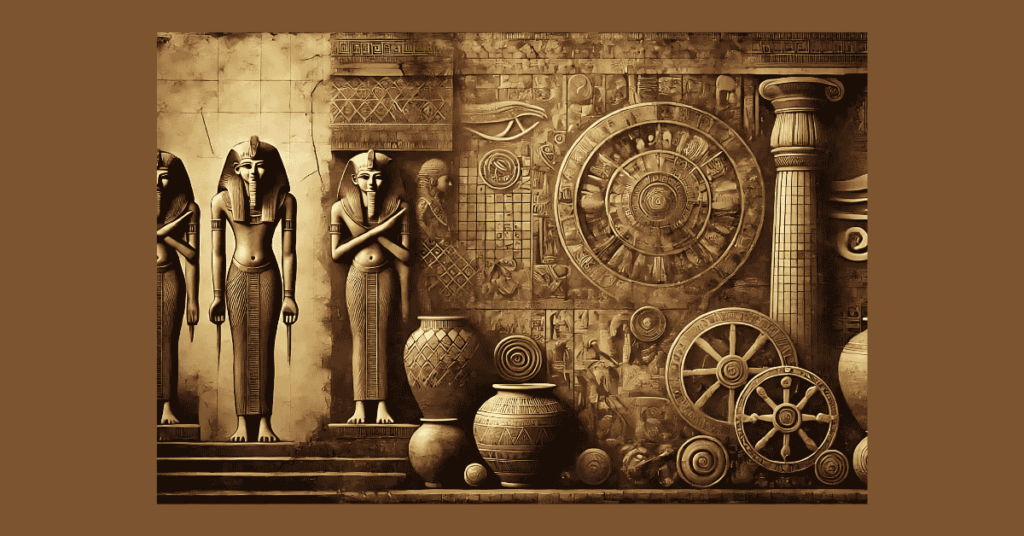
Cultural and Historical Insights
Studying ancient art offers valuable insights into the cultures and societies of the past. It helps us understand their beliefs, practices, and daily lives, providing a window into how they viewed the world and expressed their identities.
Connection to Modern Art
Ancient art also serves as a bridge to modern creativity. By exploring the techniques and themes of ancient artists, contemporary creators can find inspiration and continuity in their work, linking the past with the present.
FAQs About Ancient Artz
What is Ancient Artz?
Ancient Artz refers to the artistic creations from early civilizations, encompassing paintings, sculptures, pottery, and more, reflecting their beliefs and culture.
Why is Ancient Artz significant?
It provides insights into the history, culture, and values of ancient societies, helping us understand human creativity and expression.
What techniques were used in Ancient Artz?
Common techniques included stone carving, fresco painting, pottery, and metalwork, showcasing the skills and materials available to artists of the time.
How do museums help with Ancient Artz?
Museums preserve ancient artworks in controlled environments and offer educational resources to enhance public understanding of their historical significance.
Why study Ancient Artz today?
Studying Ancient Artz inspires contemporary artists, connecting them with historical techniques and themes that influence modern creativity.
In The End
Ancient Artz serves as a vital link to our past, offering profound insights into the beliefs, values, and creativity of early civilizations. Through the study of ancient artistic expressions, we gain a deeper appreciation for the diverse cultures that shaped human history. These masterpieces not only reflect the technical skills and materials of their time but also convey timeless stories that resonate with contemporary audiences.
